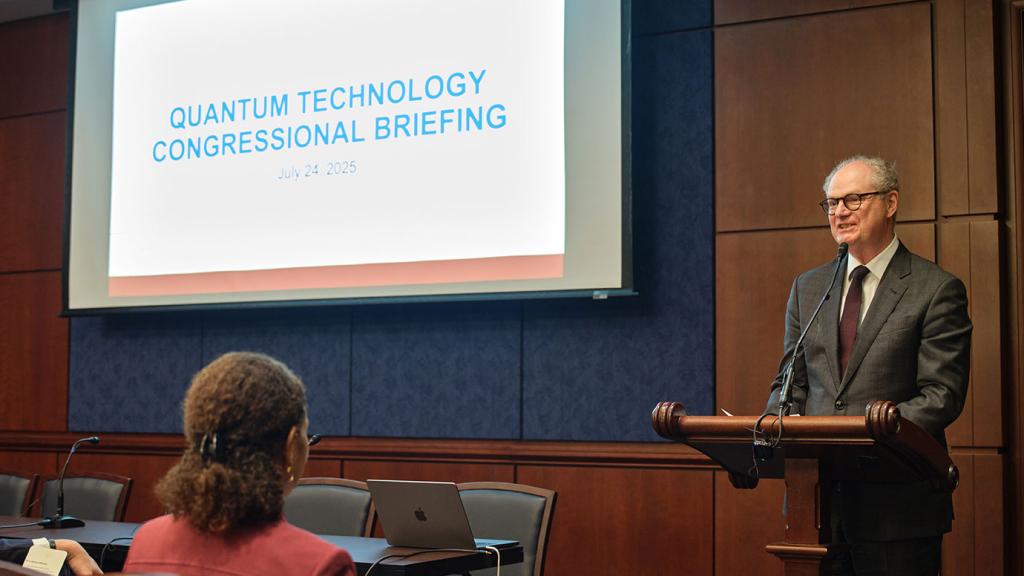As Harper Memorial Library approaches its centennial, the University of Chicago is celebrating another major milestone for the historic space: the creation of the Arley D. Cathey Learning Center. In honor of that occasion, we look back at the first century of Harper Library.
“There was a widespread feeling that there should be erected on the main quadrangle of the University some permanent and worthy memorial of its first president, to whose courage, energy, broad vision, and farsightedness the University was so largely indebted for the progress it had made in the first fifteen years of its existence.”
— Harper Memorial Library dedication book, June 1912
The dedication of Harper Memorial Library on June 11, 1912 represented a major milestone for the University of Chicago. With its elegant Gothic architecture and advanced technology—the building featured telephones and a system of pneumatic tubes to transmit book orders—the new library was, according to the Chicago Tribune, “the largest and most important building yet erected on the campus of the University of Chicago.”
It also fulfilled a key ambition of the University’s first president, William Rainey Harper. During his tenure, Harper had pushed for improvements to the University’s library, which was housed in succession of temporary spaces in UChicago’s early years.
In 1902, on Harper’s advice, the Board of Trustees appointed a commission to study library facilities and policies. Among other recommendations, the report called for a new, central library building that would be connected to smaller departmental libraries. Plans for the new building were drawn up and submitted to the Board of Trustees for review, marking the beginning of a lengthy review process.
Harper’s death in 1906 helped spur the University to action. There was strong support within the UChicago community for a permanent memorial to Harper on the main quadrangle; in June 1906, the Board agreed the memorial should take the form of the new library for which Harper had long hoped.
Trustees, students, faculty and staff undertook a vigorous campaign to raise money for the new building. In a 1906 letter, Frederick D. Bramhall urged his fellow students to contribute to the library, which “will stand for decades and for centuries as a token to future faculty and students of love which his own generation had for the spiritual founder of the University.” A matching gift from John D. Rockefeller, who offered three dollars for every dollar raised by the University up to $600,000, provided crucial support for the project.
Architects Shepley, Rutan & Coolidge, who had come to prominence in Chicago for their work on the Art Institute of Chicago, designed the new building. The library took inspiration from King’s College Chapel at Cambridge, as well as Magdalen College and Christ Church College at Oxford. It featured other architectural nods to colleges and universities in Europe and the United States, including stone carvings of the coats of arms of Oxford, Cambridge, Harvard, Yale, Stanford, and the University of California, among many others.
“It will be conspicuous as a fitting testimony to one of Chicago’s most useful citizens,” the Chicago Tribune declared when plans were unveiled in October 1907.
Construction began on Jan. 10, 1910, four years to the day since Harper’s death. The building process advanced rapidly, despite one major mishap—in March 1911, the West tower collapsed after too much weight was placed on a crane on the roof. Miraculously, none of the 25 workmen on site at the time were seriously harmed.
By June 1912, the building was complete. The dedication ceremony featured a poem in honor of Harper by E.H. Lewis, PhD’94, and speeches by architect Charles Allerton Coolidge, Henry Edward Legler of the Chicago Public Library, and James Burrill Angell, president emeritus of the University of Michigan.
Harper Memorial Library would undergo many changes in its first century. In 1970, nearly two million volumes were transferred from Harper Library and the 11 departmental libraries to the new Regenstein Library, freeing up space for classrooms and offices on the lower floors of Harper. Nearly 40 later, the top floor of the building was converted to a 24-hour study and group collaboration space and renamed the Harper Memorial Library Commons.
Despite these changes, the building remains a campus landmark with many devoted fans. The Harper Library Reading Room “comes as close as any building I have seen to embodying the ideal of a university as a place where serious people read serious books,” the late Herman Sinaiko observed.
In a 2007 interview, John Boyer, dean of the College, drew attention to the bustling mixture of study space, classrooms, offices, administrative spaces housed within the memorial building.
“It is, in a word, a microcosm of the University that Harper wanted to build,” he said.






